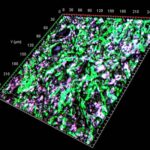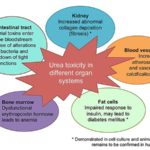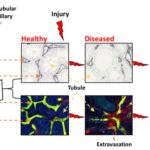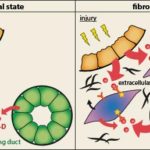Tag Archives:fibrosis
Macrophage-myofibroblast transition: a novel target for stopping kidney disease
The use of dry powder mannitol in respiratory disease
Clubbing in patients with fibrotic interstitial lung diseases
Excessive vascular fibrosis predicts early failure of hemodialysis fistulas
Ultrapure cells for liver research
Urea is truly toxic: the empire strikes back
The capillary web gets lost in diseased kidneys
Not remodeled left atria and mitral regurgitation: what learn from microstructure
Non-invasive whole-body imaging of fibrosis: is it feasible?
Dual pathways of aortic degenerative change; Calcification and Fibrosis
PDGF-D – a potential novel treatment for kidney diseases with scaring
CCN proteins : A new vista for molecular medicine
Fish gills help understand human lung disease
Persistent inflammation of the lung leads to fibrosis, a serious and poorly understood disease that causes scarring of the lungs. A poor prognosis of only approximately 3 years survival after diagnosis demonstrates the lack of understanding of
























